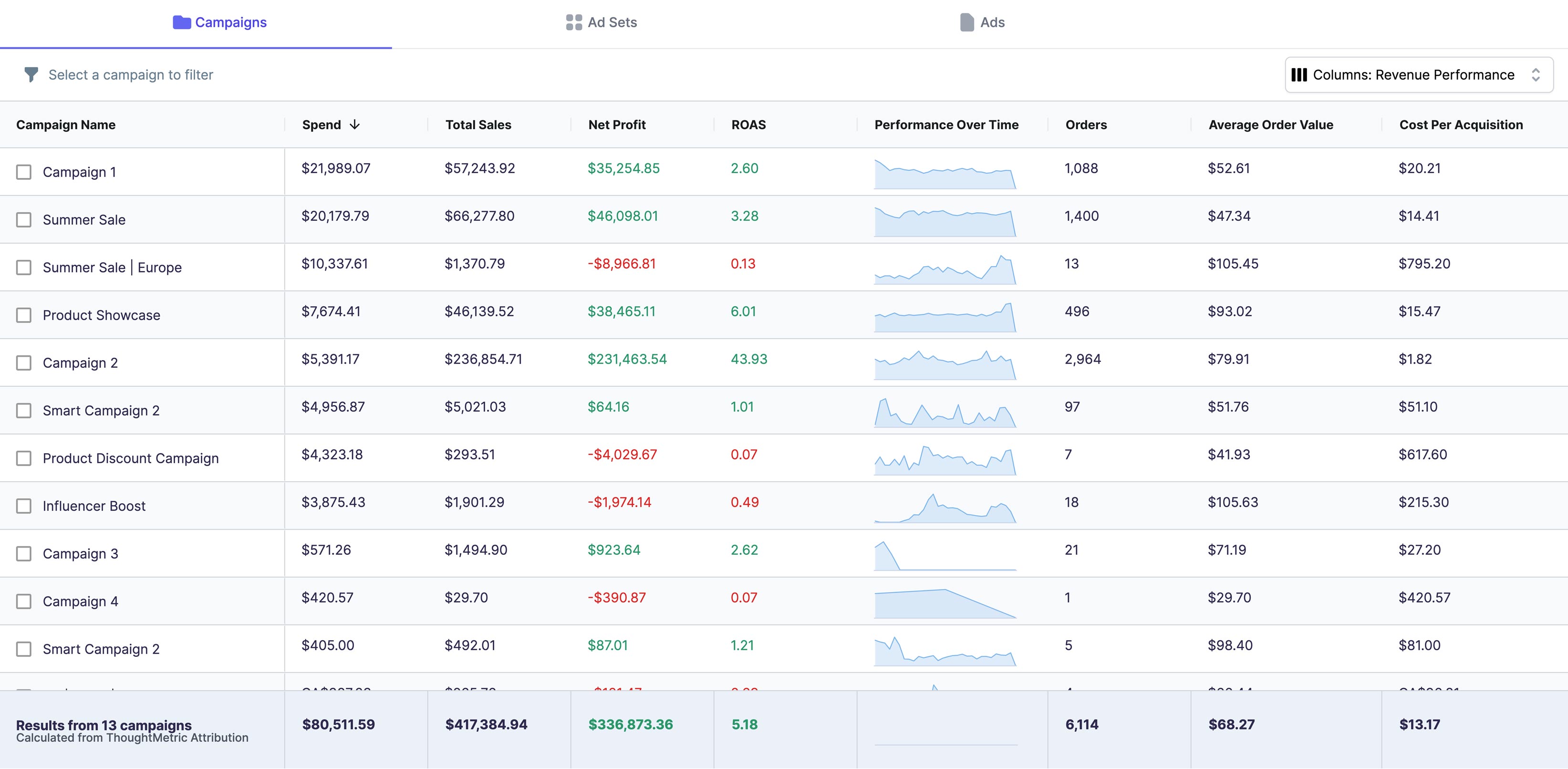As a website owner or marketer, understanding website traffic and user behavior is critical for making informed decisions about site structure, content creation, and marketing strategy. One way to gain insight into website traffic is through impressions data. Google Analytics is an excellent tool for tracking impressions, but understanding how to calculate impressions requires a bit of technical knowledge and strategy. In this article, we will cover everything you need to know about calculating impressions in Google Analytics, from understanding the definition to advanced techniques for refining the data.
Understanding Impressions in Google Analytics
Before we dive into the technical details of calculating impressions in Google Analytics, it's essential to clarify what we mean by the term "impressions." Simply put, impressions refer to the number of times a webpage or an ad appears on a user's screen. In Google Analytics, impressions are tracked whenever a page or ad is loaded by a user. However, it's important to note that impressions don't necessarily mean that a user interacted with the content in any way.
Definition of Impressions
As mentioned earlier, impressions are the number of times a web page or ad is loaded on a user's screen. From Google Analytics' perspective, an impression is recorded whenever a request is sent to their server for page content. When a user opens a web page, their browser communicates with the web server, requesting content from the server. As the server responds with the requested content, Google Analytics tracks the request as an impression.
It's important to note that there are different types of impressions that can be tracked in Google Analytics. For example, there are page impressions, which track the number of times a page has been viewed, and ad impressions, which track the number of times an ad has been displayed on a user's screen. By tracking these different types of impressions, you can get a more detailed understanding of how users are interacting with your content.
Importance of Tracking Impressions
Tracking impressions is crucial for several reasons. First, it gives you a better understanding of how many times your content is viewed by users. This information can be particularly useful if you're trying to increase brand awareness or grow your audience. By tracking impressions, you can see which pages and content are most popular among your audience and adjust your content strategy accordingly.
Second, impressions data can help you identify which pages and content are most popular among your audience. By analyzing this data, you can gain insights into what types of content resonate with your audience and what topics you should focus on in the future.
Third, if you're running ads on your site, tracking impressions can help you measure the effectiveness of your ad campaigns and make informed decisions about targeting and ad placement. By tracking ad impressions, you can see how many times your ads are being displayed to users and adjust your targeting and placement strategies to improve performance.
Difference Between Impressions, Clicks, and Conversions
While impressions, clicks, and conversions may seem similar, they represent different things in Google Analytics. Impressions refer to the number of times a page or ad was loaded on a user's screen, while clicks refer to the number of times a user clicked on a link or button on the page. Conversions refer to the number of times a user completed a specific action, such as filling out a form or making a purchase.
It's important to track all three metrics to get a comprehensive understanding of user behavior on your site. By tracking impressions, clicks, and conversions, you can see how users are interacting with your content and identify areas for improvement. For example, if you're getting a lot of impressions but few clicks, you may need to adjust your content or ad targeting to make it more relevant to your audience.
Overall, tracking impressions in Google Analytics is an essential part of understanding how users are interacting with your content. By analyzing this data, you can gain insights into what types of content resonate with your audience and make informed decisions about your content and ad strategies.
Setting Up Google Analytics for Impressions Tracking
Now that we understand what impressions are and why they're important let's move on to setting up Google Analytics for tracking impressions.
Creating a Google Analytics Account
The first step in setting up Google Analytics for impressions tracking is creating an account. To create an account, go to the Google Analytics website and sign up with a Google account. Once you've created an account, you'll be prompted to create a property, which represents your website or app.
Installing Google Analytics Tracking Code
Once you've created a property, you need to install the Google Analytics tracking code on your website. The tracking code is a small piece of JavaScript that's added to each page of your site. To install the code, copy and paste the code provided by Google Analytics into your site's HTML code, just before the closing tag. Alternatively, you can use a plugin or extension that automatically installs the tracking code on your site.
Configuring View Settings for Impressions
After installing the tracking code, it's essential to configure the view settings in Google Analytics to track impressions accurately. To do this, go to the Admin section of your Google Analytics account and select "View Settings." Then, enable the "Impressions" option under "Site Search Tracking" and "Enhanced Link Attribution."
Calculating Impressions Using Google Analytics Reports
Now that we've set up Google Analytics for tracking impressions let's dive into the different reports you can use to calculate impressions.
Navigating to the Acquisition Reports
The Acquisition reports in Google Analytics provide insights into how users are finding your site, including which channels and sources are driving the most traffic. To access the Acquisition reports, navigate to the "Acquisition" tab on the left-hand menu and select "Overview."
Analyzing the Channels Report
The Channels report in the Acquisition section provides an overview of which channels are driving traffic to your site, including organic search, paid search, social media, email, and others. To view impressions data for each channel, select the "Impressions" checkbox in the report configuration settings.
Interpreting the Source/Medium Report
In the Source/Medium report, you can see the specific sources and mediums that are driving traffic to your site, such as Google search or Facebook referral traffic. The report also includes impressions data for each source/medium combination, allowing you to identify which sources are driving the most impressions.
Utilizing the Campaigns Report
If you're running ad campaigns on your site, the Campaigns report provides insights into how each campaign is performing. The report includes impressions data for each campaign, allowing you to measure the effectiveness of your ad targeting and placement.
Advanced Techniques for Calculating Impressions
Now that we've covered the basics of calculating impressions using Google Analytics reports let's explore a few advanced techniques for refining the data.
Creating Custom Segments for Specific Audiences
One technique for refining impressions data is to create custom segments in Google Analytics for specific audiences. By creating segments based on user behavior or demographics, you can analyze impressions data for specific user groups, such as new versus returning users or users from a specific geographical location.
Setting Up Goals and Funnels for Conversion Tracking
If your goal is to drive conversions on your site, setting up goals and funnels in Google Analytics can help you track user behavior leading up to a conversion. By defining specific actions that indicate a conversion, such as filling out a form or making a purchase, you can analyze impressions data for users who completed the conversion versus those who did not.
Using Filters to Refine Impressions Data
Finally, you can use filters in Google Analytics to refine the impressions data by excluding or including specific user behavior. For example, you can filter out impressions data for visitors who bounced from your site, indicating that they quickly left the site after arriving. Alternatively, you could filter impressions data for visitors who spent a certain amount of time on your site, indicating that they engaged more deeply with your content.
Conclusion
In conclusion, tracking impressions in Google Analytics is a valuable tool for gaining insight into user behavior on your site and measuring the effectiveness of your ad campaigns. By understanding the definition of impressions and setting up Google Analytics correctly, you can calculate impressions data accurately and use it to make informed decisions about site structure, content creation, and marketing strategy. By implementing advanced techniques such as custom segments, goals and funnels, and filters, you can refine the impressions data and get even more specific insights into user behavior.





